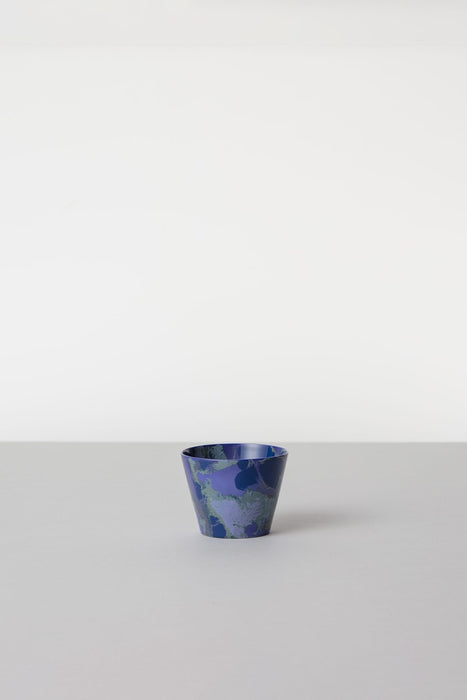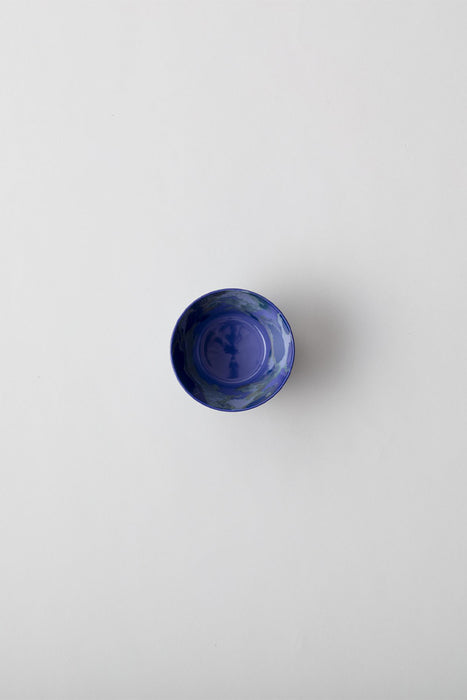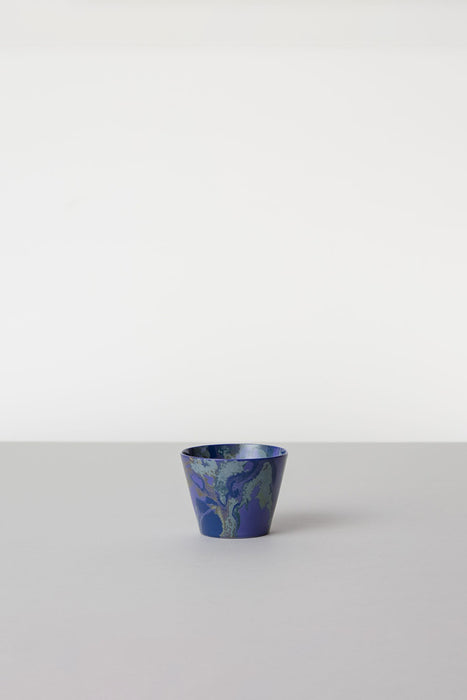Maruhiro Bar Bar Heaven & Earth Soba Choco - Earth
The Heaven & Earth series of soba choco comprises the four textures of earth, rock, stratum, and cloud.
Each pattern is applied using a transfer printing technique that complements the material and glaze of each individual cup. Their organic beauty stems from a high quality of craftsmanship that is impossible through conventional transfer printing techniques alone.
Dimensions: φ8 × H6.1cm / 170cc
Material: Porcelain
Features:
- Stackable
- Unique Printing method varies between objects
Care:
- Size and capacity may vary slightly by product and colour.
- Do not put in the dishwasher. Dishwasher detergents and water pressure may cause discoloration or paint to peel off.
- Do not use scrubbing brushes or abrasives. This may cause the transfer printing to peel off. Please wash gently using a soft sponge.
- Actual products may differ from colors and textures seen in photos.
- Changes in production may result in changes to design and other specifications.
- Abrupt temperature changes may cause the item to crack. Please make sure the item is at room temperature when heating in the microwave. Do not soak in cold water.
- Partial changes in temperature can cause the item to crack. Be careful not to expose only one part of the item to heat.
Made by Koushungama, Taichigama in Hasami, Japan
A bit about Soba Choco
The Soba Choco is a traditional Japanese cup whose trapezoidal shape has gone unchanged in over 400 years. Contrary to its name, the soba choco was never intended for soba. It was originally used as a small bowl to hold side dishes such as sashimi, salads, and shiokara preserve at celebrations and kaiseki meals. It wasn’t until the Edo period that soba become popular among the general public. People would often use their soba choco to indulge in a quick aperitif called sobamae before filling it with dipping sauce for soba, a tradition that soon caught on across Japan. Huge numbers of designs were created, reflecting the trends and culture of the eras in which they were made.









